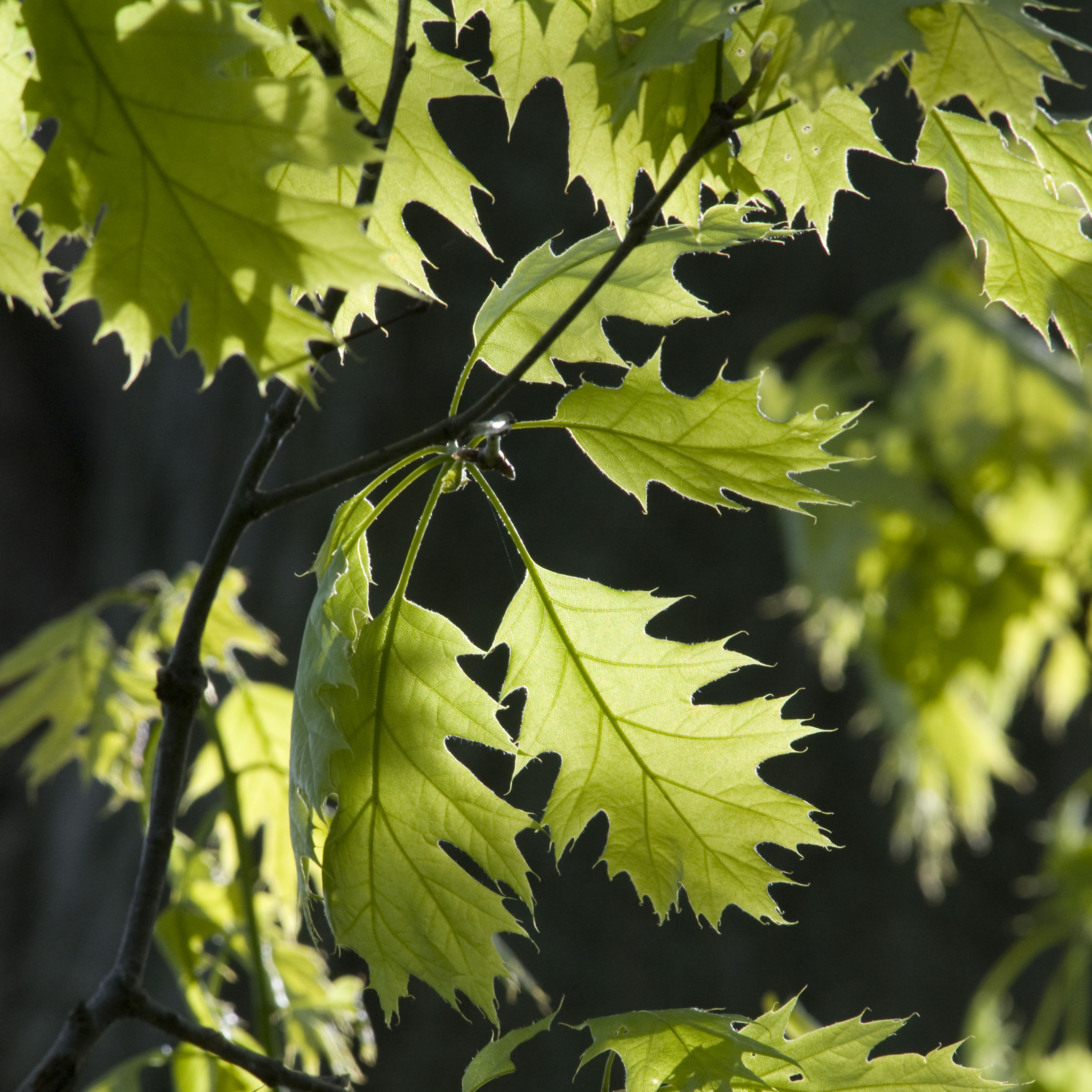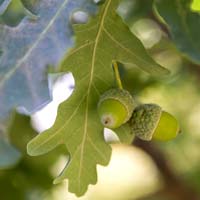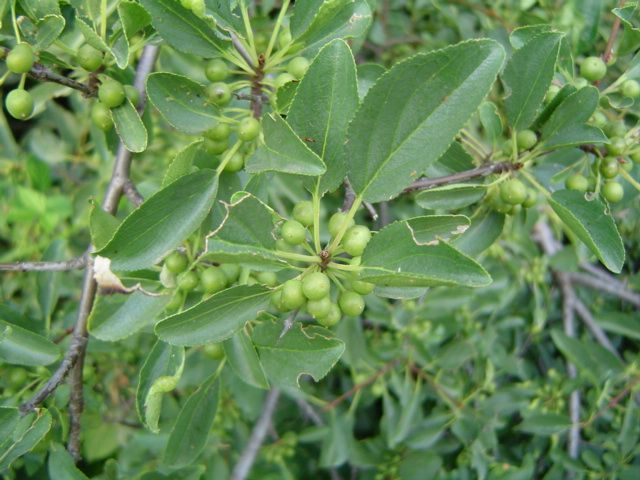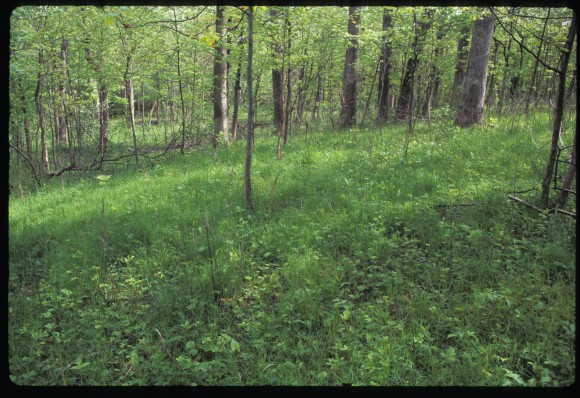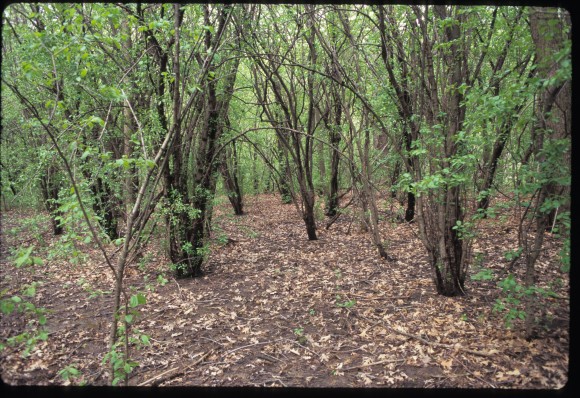If you spot a Chicago Botanic Garden volunteer wrapping their arms around a tree trunk this summer, don’t be surprised—what looks like a loving hug is actually a scientific measurement in process.
Using a specially designed tape measure, volunteers are recording the diameter of each tree before calculating the amount of carbon dioxide it stores. The study, launched by the Living Plant Documentation department five years ago, records the amount of the pervasive greenhouse gas stored by the Garden’s trees. The research team is interested in determining which trees are able to hold the most carbon for the longest amount of time.
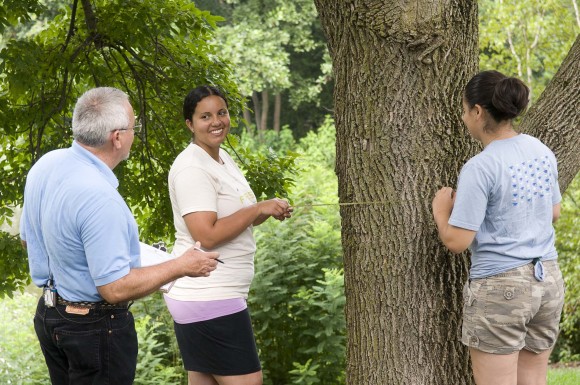
The Tall and Short of It
It is one of the first such studies underway in a botanic garden setting. “We know carbon is increasing but we don’t have the numbers on how much carbon is being locked up by the urban forest,” said Boyce Tankersley, director of the Living Plant Documentation department. “This is where the Garden can play a role.”
Although similar studies have been completed by the lumber industry and others, it is important to understand how increased levels of carbon dioxide in the atmosphere are mitigated by cultivated trees, explained Tankersley. It’s also essential to document how those trees fare long term in evolving conditions.
The Garden has an especially diverse number of taxa, Tankersley said, positioning it perfectly to document how numerous species behave in locations from the McDonald Woods to the English Walled Garden to the parking lot. “The Garden is among the first to look at the trees in a Garden setting and at the diversity of taxa,” said Tankersley. “That’s a piece we’d like to shed more light on.”
This summer marks the second time the trees have been measured since the original data was gathered in the first year. Measurements will continue to be taken for another 15 to 20 years.
“We hope, when the data is analyzed, to be able to identify not only the trees that are best but the Garden settings that support their efforts in this regard,” anticipated Tankersley.
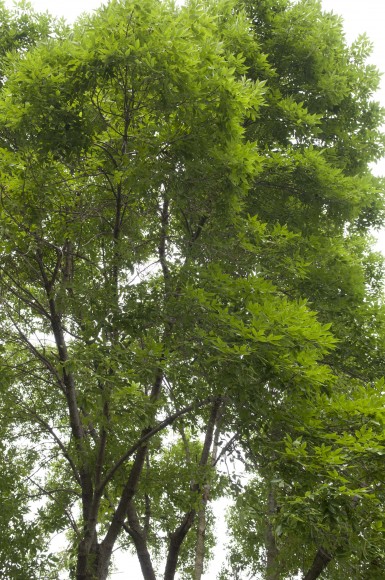
Deep in the Woods
Trees are lauded for coming to our rescue in the face of climate change, but scientists have learned that these strapping heroes may not be infallible. “One thing we are looking for is the influence of carbon on the growth rate,” said Tankersley. His research team is paying close attention to the trees’ response to increased carbon levels in our atmosphere.
According to Tankersley, it has been documented that trees are growing more quickly than they have in the past, which comes with positive and negative repercussions. “Trees are providing an environmental service in a major way by absorbing carbon, but there’s a point of diminishing returns,” he explained. The wood of a fast-growing tree is softer, for example, which has a negative impact on the lumber industry, he explained. In addition, “with an increased growth rate, you also get increased susceptibility to insects and diseases.”
The concern underscores the need to observe the Garden’s trees for many years to take all such factors into consideration.
In addition, the team is watching the impact of weather on the trees, and taking dry spells or rainy periods, for example, into account when documenting tree growth over a given time frame. The Garden hosts a National Weather Service monitor on-site, which allows for weather-related calculations to be even more precise.
The Zipline
When the measurement phase of the study is complete, Tankersley plans to provide the data to a doctoral student in the Garden’s joint degree program with Northwestern University for formal analysis. “My take-home would be a list of the six best trees, perennials, and shrubs for sequestering carbon in the landscape in Chicago,” he said.
“We expect to find that trees like oaks, elms, and hickories—trees that are long-lived—provide a greater environmental service in this regard,” he added.
For homeowners who would like to assist with the issue now rather than wait for the final analysis, he suggests that they begin planting longer-lived trees. It may help mitigate, or reduce, the amount of carbon in the air and resulting climate change impacts such as extreme weather.
Our 2013 adaptive planting study carefully selected 60 suitable trees to plant for future generations. View the full list of suggested trees here.
It takes more than one year for the Garden volunteers to check the diameter of the 13,493 trees on-site, and enter the estimated carbon storage into a specialized database. The calculations are made using a formula developed by the U.S. Forest Service, said Tankersley.
The technique of measuring existing trees and planning for new plantings is something Tankersley hopes will have broad impact. He has already shared his process with countries in Africa through The Eden Projects and in China in an effort to help governments replace denuded forests there.
Tankersley is hopeful about the long-term implications of the study. After all, he said, when pioneers first came to the United States, they found oak trees that were about 300 years old, and had been providing benefits such as carbon sequestration for all of that time. Many of those hard-working, long-lived species have been a key part of our natural heritage since the beginning. By embracing the issue now, Tankersley and team have cleared the way for trees and their vital functions to endure.
©2015 Chicago Botanic Garden and my.chicagobotanic.org

